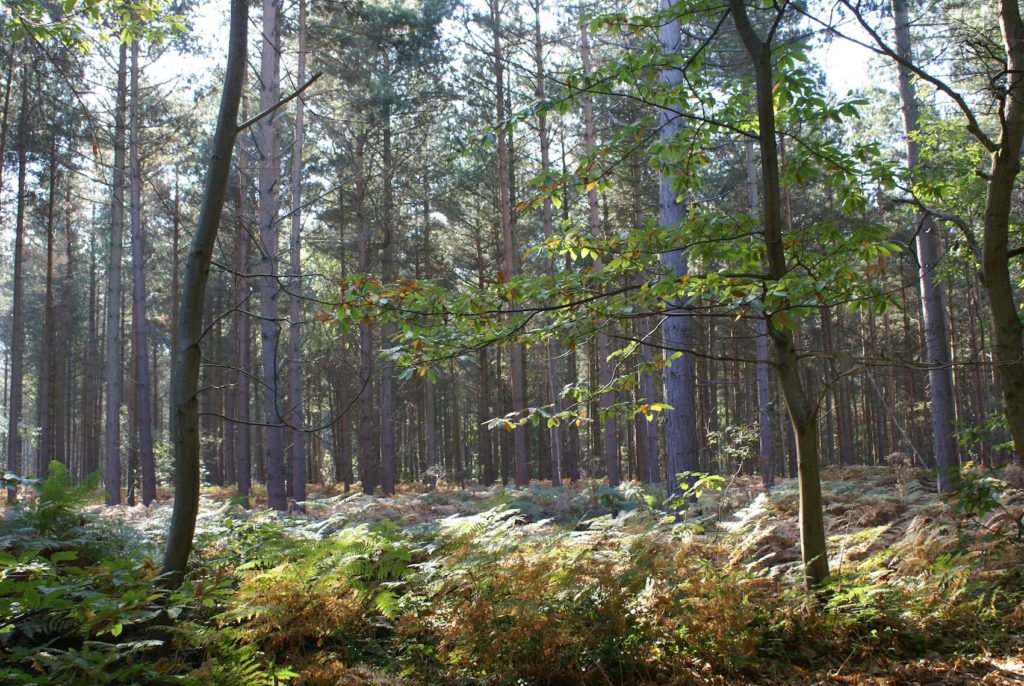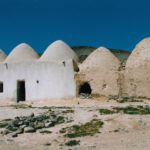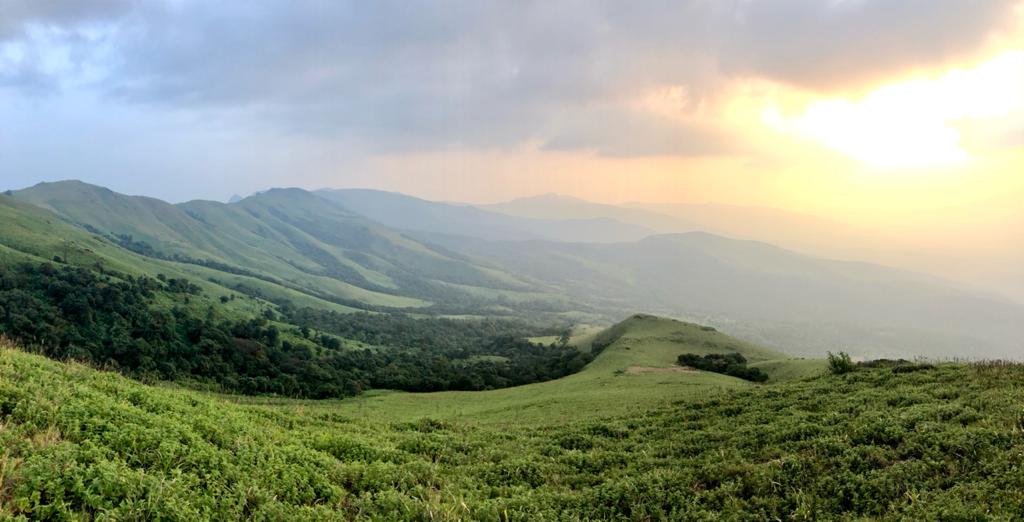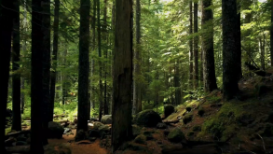After an absence of 6,000 years, European bison are to be reintroduced to English woodlands in spring 2022, as part of a pioneering initiative led by the UK’s largest conservation charity, Kent Wildlife Trust.
In spring, the woodland in Blean, Kent, is rich in fresh greenery and soundtracked by trilling birdsong. Soon, this will also be a place where you could glimpse an animal that hasn’t been seen here for 6,000 years. In the distance, you might see a furry brown bison rubbing its vast form against a tree to scratch an itch, or taking a crashing dust bath.
European bison are regarded by conservationists as a ‘keystone’ species, missing from UK landscapes; animals whose natural behaviours are invaluable for woodland ecosystems. Bison help to kill off some trees by eating and rubbing up against their bark, which allows light and new vegetation to come through; and stir up soil by taking ‘baths’. All of this can boost an area’s biodiversity, having a significant positive impact all the way up the food chain. And destroying some trees and plants, bison can even help to kill off some invasive, non-native species.
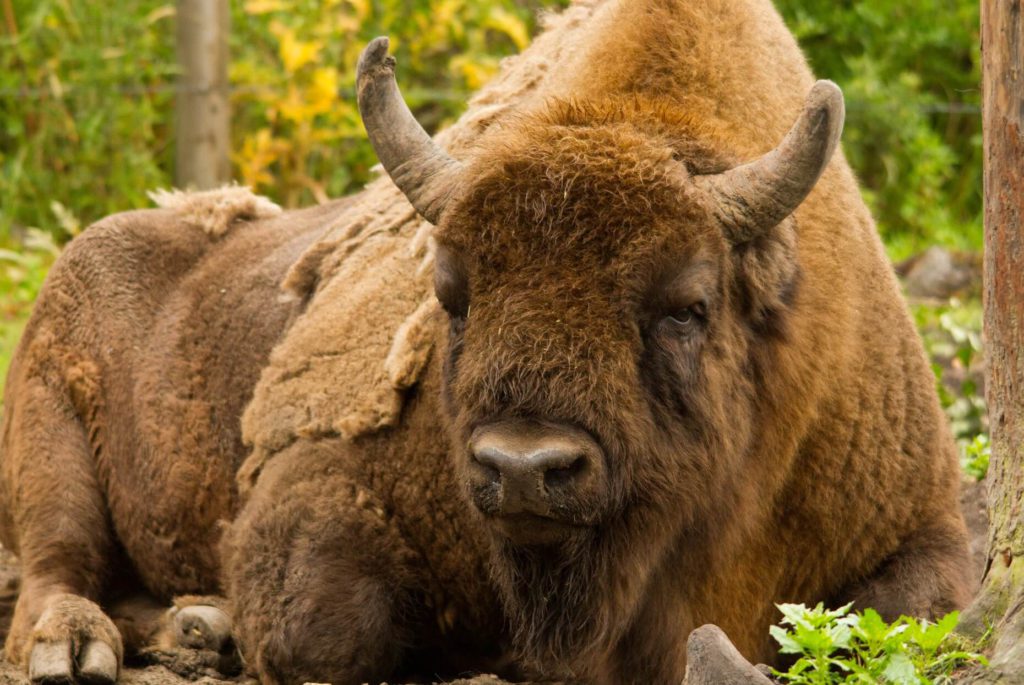
“Most English woodland is in a really bad ecological state,” says Evan Bowen-Jones, chief executive of Kent Wildlife Trust, which is behind the reintroduction of bison to Blean in spring 2022. “Everywhere in the UK, biodiversity has been plummeting, and one of our big risks nationally is that our ecosystems are so simplified that we are vulnerable to collapse under climate change,” he explains. “We need to create more ecologically resilient landscapes – and bison are animals that are ‘ecosystem engineers’, that will do the work for us.”
The UK’s leading conservation charity, Kent Wildlife Trust owns almost 2,500 acres of ancient woodland in Blean. Its ‘Wilder Blean’ rewilding initiative will see, initially, a small herd of bison released to roam in 1,000 acres of it, safely fenced off from public footpaths. The landmark £1.2m project will be carefully monitored and if successful, has the potential to be replicated more widely.
Initially, a herd of just six bison will be released, with the hope that they will breed. The trust has not yet revealed where the animals will come from, but similar projects include one in Zuid Kennemerland National Park in The Netherlands [some members of which are pictured here]. UK animal licensing laws mean that the initial herd can’t exceed ten animals, but when they do, a second herd can be created in another part of the woodland, as well as in partnerships with charities that own more nearby woodland. The areas in which bison are present will be contrasted with those in which they are not, creating a new body of data to demonstrate the transformative impact of bison on English woodlands. This could be leveraged to help persuade lawmakers to lessen the costly legal and financial restrictions on managing bison, which are – arguably illogically – categorised as dangerous wild animals in UK law, and require more safety infrastructure and spending than in other countries.
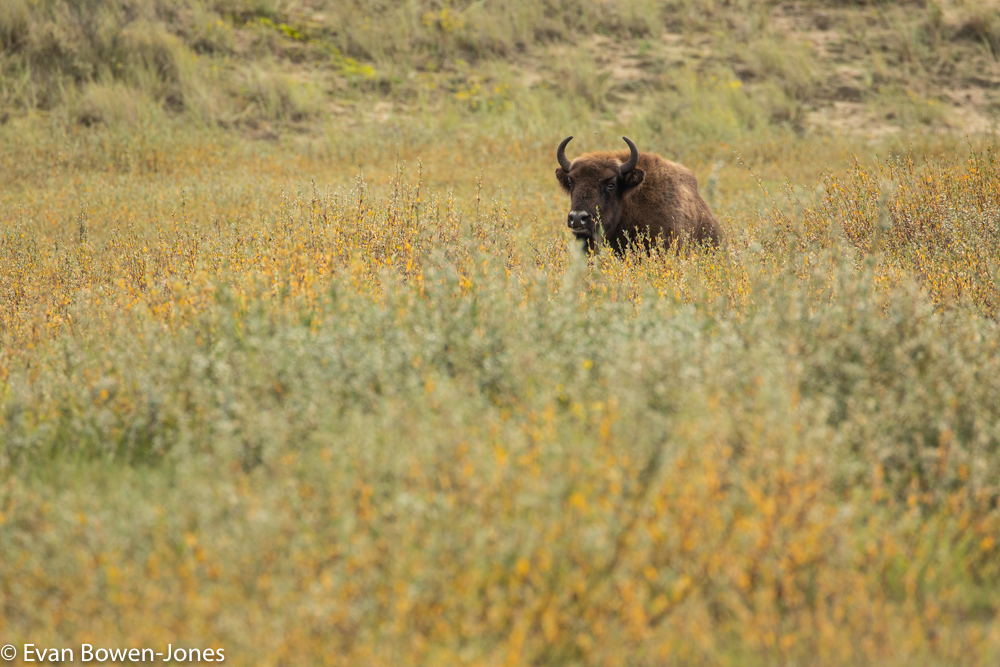
For this reason, the Wilder Blean bison project, including multiple layers of specialist fencing and tunnels, has cost more than £1.2m (sourced primarily from a lottery grant).
Kent Wildlife Trust’s plan was inspired by the success of bison reintroduction in The Netherlands, where there is two decades’ worth of evidence to support bison as a conservation tool. “In Europe they are further ahead with this,” says Bowen-Jones. “We need to re-prove everything in the UK context, and we accept that, but the learning from Holland is clear.”
Given that bison would naturally have roamed across a wide variety of landscapes, their reintroduction is an ecological tool that might, in theory, be widely replicated across the UK; Bowen-Jones mentions sand dunes in Cornwall and national parks in the north of the UK as examples. More data from what happens once the bison are ensconced in Blean will help prove what the reality of their presence means for today’s United Kingdom.
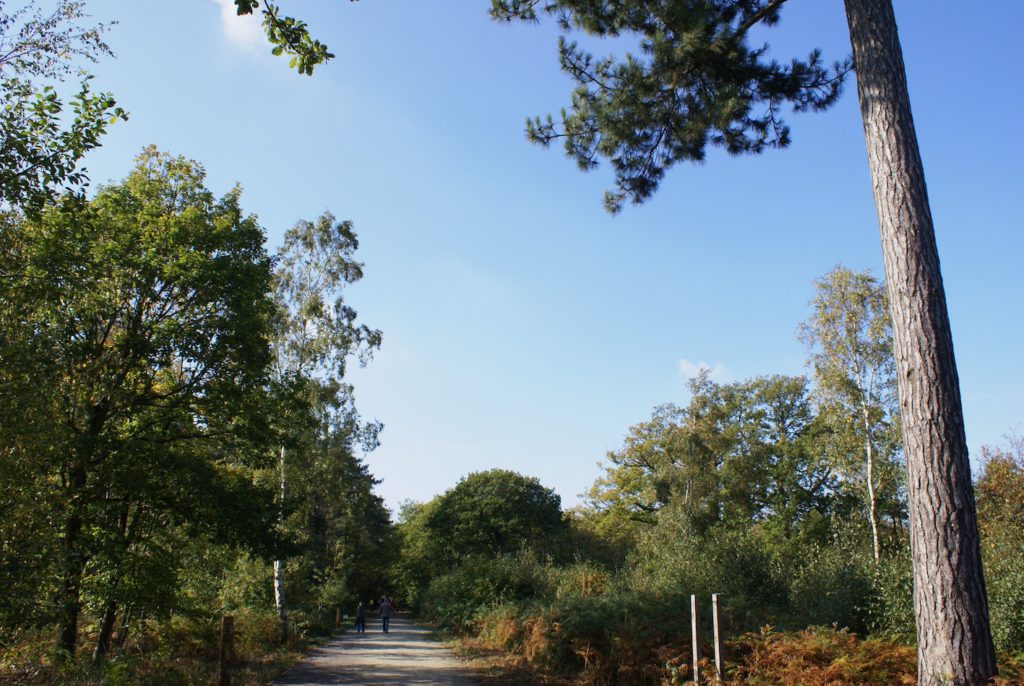
“Their natural behaviours will have all sorts of effects, some of which we know about and some of which we don’t,” says Bowen-Jones. He has seen evidence from The Netherlands that bison themselves are a versatile conservation tool, but he emphasises that the financial and legal constraints on bison reintroduction limit the application in other contexts.
That said, Bowen-Jones is heartened by the prospect of these great bovines grazing the garden of England. “Bison would have roamed over massive areas; they are a missing component from the vast majority of habitats in this county,” he says. Blean, he hopes, will be key to making the case for bison as a conservation icon for a new era of rewilding.
Author: Sophy Grimshaw, The India Story Agency for Sacred Groves
Images Credit: Banner image and 1. Ray Lewis, 2. Tom Cawdron, 3. Evan Bowen-Jones
Did you enjoy this article?
Share with friends to inspire positive action.
